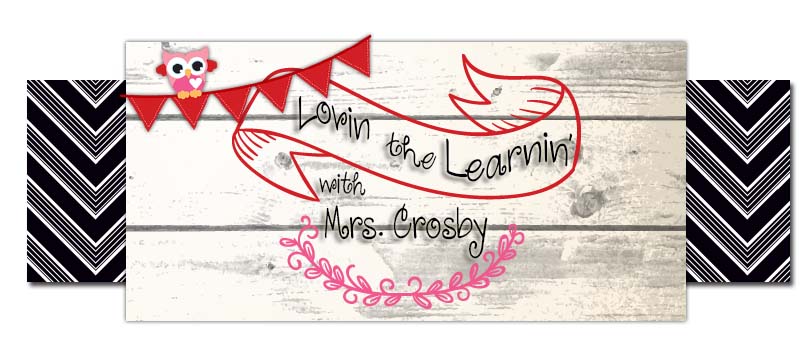How can teachers incorporate digital citizenship instruction without overflowing their already full glass?
I get it...
It's just One. More. Thing. in the eyes of a teacher. Just one more lesson. Just one more box to check. Just one skill to track and monitor. Digital citizenship, it is something we must do both for the mental health of our students, as well as the digital literacy graduation requirements many schools are being asked to adjust for.
 |
| Image Source, ISTE.org |
In regards to curriculum for students, we have chosen to use Common Sense Media's free digital citizenship PK-5 curriculum as our foundation. Common Sense has designed some easy, low-prep, high engagement lesson plans that cover all of Mike Ribbel's 9 elements of digital citizenship.
Now, for the hard part...the how. After much discussion, we determined our best course of action was to align the lessons to the IB transdisciplinary themes, providing an open-ended framework for teachers to incorporate the lessons as they apply to their Unit of Inquiry. We are currently in the process of creating a roadmap (or google doc spreadsheet) for teachers to pull from. Instead of simply following Commons Sense Media's scope and sequence, we are working to embed the lessons into our current learning activities and experiences to design parallels and real world applications.
For example, we have identified the following lessons from Common Sense to align with How we express ourselves:
- PK-2 Unit 1 Lesson 4, My Creative Work
- PK-2 Unit 1 Lesson 5, Sending Email
- PK-2 Unit 2 Lesson 3, Screen Out the Mean
- PK-2 Unit 3 Lesson 2, My Online Community
- PK-2 Unit 3 Lesson 4, Show Respect Online
- PK-2 Unit 3 Lesson 5, Writing Good eMails
- 3-5 Unit 1 Lesson 3, The Power of Words
- 3-5 Unit 1 Lesson 5, Whose Is It, Anyway?
- 3-5 Unit 2 Lesson 2, Digital Citizenship Pledge
- 3-5 Unit 2 Lesson 5, Picture Perfect
- 3-5 Unit 3 Lesson 4, What is Cyberbullying
- 3-5 Unit 3 Lesson 5, Selling Stereotypes
We shall see where this new journey takes us and how it impacts our students.
Earlier this year, I wrote a reflection on a discussion I had with a colleague on the importance of digital citizenship and why teachers should not ignore technology and ban it from their classrooms, but embrace it, learn about it, and use it as a tool of creation rather than a tool of consumption. You can read it here: When Digital Citizenship Really Matters









